THIS WEEK: New comics are slowly coming back in full, but we’re spending at least one more week re-reading classics, this time being Twilight, a lost DC Comics sci-fi epic from Howard Chaykin and Jose Luis Garcia-Lopez
 Twilight
Twilight
Writer: Howard Chaykin
Artist: José Luis García-López
Colorist: Steve Oliff
Letterer: Ken Bruzenak
The DC Comics series Twilight is a really interesting comic, a singular work if ever there was one. I’ve called it a ‘lost sci-fi epic’ here, but that’s a bit reductive and not entirely right (the sacrifices we make for headlines). Released in 1990, Twilight is readily available in collected form, at least via digital comics platforms. Finding it in print can be trickier, yet far from impossible. No, this book is lost in the sense that it’s not the type of work that gets reprinted with steady regularity. There’s not likely to be an updated Black Label edition for Twilight a la Watchmen, Sandman, or All-Star Superman. Twilight is a hidden gem of sorts, a rewarding and worthwhile book that one is unlikely to find at most public libraries.
Twilight is comic that doesn’t fit neatly into the baskets we have for books of its era. It’s not overly grim or gritty, not exactly, and it’s not a landmark deconstructionist tomb that went on to influence a generation (though one can imagine an alternate timeline wherein it is). There’s more affection for the genre and characters and tradition in this book than in some of its contemporaries of the era. Twilight is also a feat of unrestrained imagination, even if that comes at the price of accessibility. But we’ll get into that more below.
Twilight, for the unfamiliar, was a three-part prestige format DC Comics miniseries published in 1990 and 1991. The creative team was writer Howard Chaykin (American Flagg!), artist José Luis García-López (Superman), colorist Steve Oliff, and letterer Ken Bruzenak. It was in some significant way a deconstruction of the publisher’s pre-Silver Age sci-fi past, a repurposing of characters like the Star Rovers, Star Hawkins, Space Cabbie, Manhunter 2070, and, most aggressively, Tommy Tomorrow, who appears here as a golden space deity with an insatiable egotistic need for validation and a consuming desire for romantic love (kind of). Twilight was released post-Watchmen and post-Dark Knight, in a squishy era at DC wherein ambitious work such as this didn’t have the neat labeling nor firm editorial guidance it would later come to enjoy under the landmark imprint, Vertigo.
As such, there’s a sense of unreality to Twilight that extends past the fantastical elements plotted and illustrated on the page. I often found myself skeptical the book even existed, as if it had been manifested by the part of my brain susceptible to false memory (the Mandela effect), culled from someplace between Jodorowsky’s Dune and Alan Moore’s Twilight of the Superheroes. I’ve spent recent days immersed in this book, and even now, a persuasive and insistent person could likely convince me it does not actually exist.
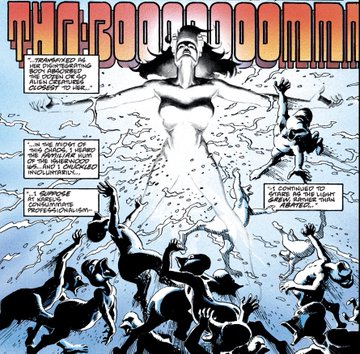
Readers may get stalled or bogged down by the wordiness of Twilight, were it not for the absolute feats of artistry accomplished by García-López. García-López is an all-time great superhero comic artist, having illustrated the guidebook for DC Comics superheroes that remains to this day the way I see the publisher’s characters in my mind’s eye. If there is a complaint against the work of García-López, it’s that his lines are too clean, his characters too perfect, too idealized. In Twilight, however, García-López is unrestrained, no longer beholden to the squeaky America in ’50s aesthetic that coats the property he is most closely associated with, Superman. See also Atari Force for a similarly free García-López.
In Twilight, García-López delivers a tour de force of comic book artistry, forging fleets of spaceships, space station research facilities corrupted into late-capitalism corporate hellscapes, hybrid species, cosmic gods fallen from perches on high, human-robot-hybrids, sanctimonious space knights that practice chastity and some sort of medieval clothing design — friends, the list could go on and on and on. On visual merits alone, Twilight may rank as the most lush and rewarding sci-fi comic of all-time. I’m pressed to think of another that reaches its level. Colorist Oliff keeps pace too, shifting palettes to delineate planets, landscapes, and phases in humanity’s conquest of cosmic immortality (it’s a whole thing). Twilight was a challenge for me to read at times, so liable was I to get lost in the visuals upon each page turn, just blissing out on the craft and courage.
Chaykin’s scripting is similarly bold in the book, if a bit (to put it mildly) less accessible than the work of his visual collaborators. Twilight is a comic in which no creator exercises restraint. On a surface level, Chaykin writes a story of mankind becoming immortal, hating it, and by choice becoming mortal again. He creates a tension between humans and a unified pact of robots and animal-hybrids. He creates a three-way character relationship that feels like a familiar fraught triangle on a micro level but has a macro effect of spurring galactic war. There’s a lot in Twilight, and I have no idea how it was pitched, other than perhaps Chaykin and García-López give the Watchmen treatment to DC’s languishing sci-fi entities. But that’s reductive too. Chaykin doesn’t want to take any of these characters apart: he wants to mix them up and coat them with the future, and it’s a goal he largely achieves.
Within the ambition of wider ideas, Chaykin’s scripting is staccato, with rapid fire dialogue woven through a framing device that narrates the book from one of its characters in the future. This is perhaps one of the choices that has limited Twilight’s audience over time, requiring as it does a high degree of comics literacy to keep track of the POV that shapes the captions. I enjoyed it quite a bit , but I could see how it might baffle some readers, especially those who feel a need to understand every line, every panel, every moment. Like many great works of science fiction, however, Twlight does not require full comprehension from the reader. The threads of thought are there, layered on each other for those who want to take that journey, but it’s also a book liable to blow away readers who just want to flip the pages, or who want to occupy a middle ground of reading it all without entirely grasping the dense world it depicts.
Overall, Twilight is a book I enjoyed quite a bit, and a comic I plan to return to in the future, savoring another pass and trying to catch the bits of plotting, creator intent, and whatever else I glossed over on first read through.
 Round-Up
Round-Up
- In case you all haven’t heard, DC is now releasing its new comics on Tuesdays, meaning we’re shifting the round-up to that day, too. It’s also slowly ramping its release schedule back to full strength. So, we don’t have a full slate to go over today…but we do have some new books. Which feels excellent!
- So, Lois Lane #10. I did not expect this to be the book that most clearly laid out the current state of DC continuity. But here we are. And it worked well!
- Xermanico is an underrated artist at DC, I think, and he shows why here in Justice League #44. This comic post-Scott Snyder has become the meat-and-potatoes safe Rebirth ideal, but Xermanico still puts out some fantastic work with great splash pages.
- I am having a blast with Metal Men, to the point it makes me hope that former DC Comics Co-Publisher Dan DiDio gets to stick around and do some more occasional writing. He’s having some fun here, playing with meta touches and bouncing around his characters.
- Finally, Justice League Odyssey may be a side book with minimal relevance to the rest of DC’s line, but that’s not stopping it from telling a twisting and wild cosmic story with superheroes. Although, it’s maybe taking a bit too long to get us to big moments, not unlike writer Dan Abnett’s past work on Aquaman.
Miss any of our earlier reviews? Check out our full archive!


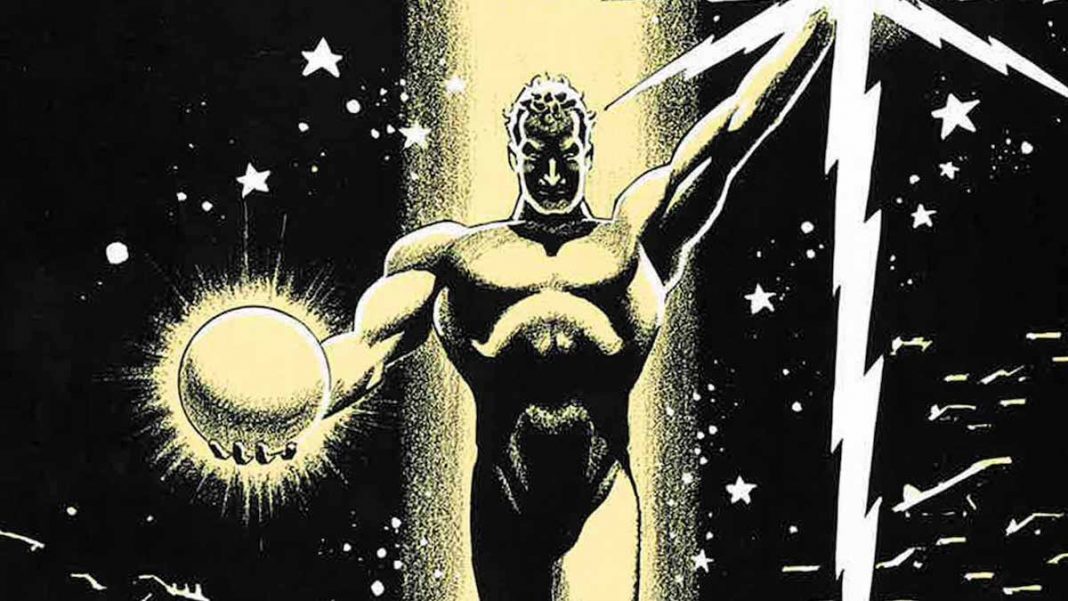
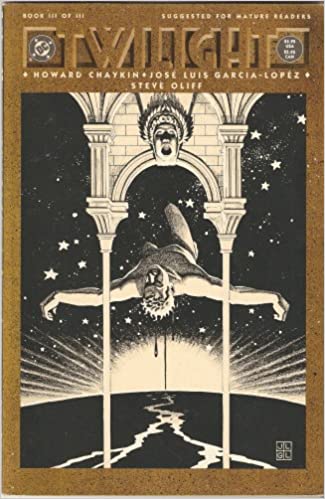
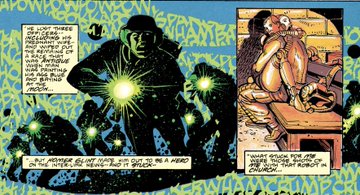
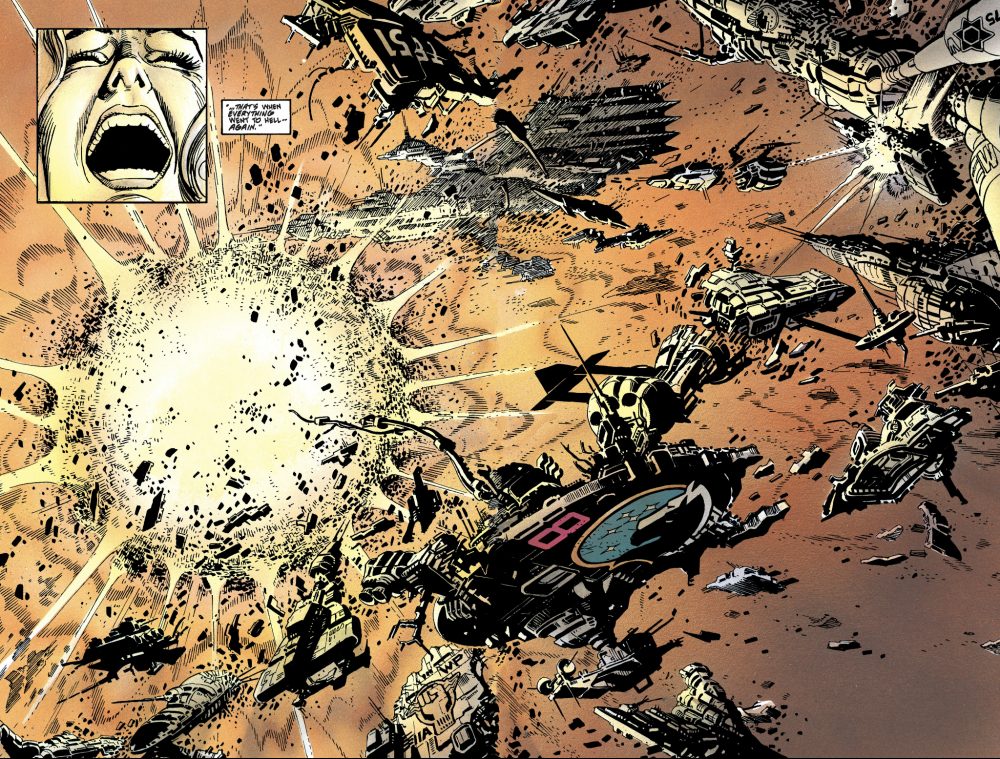
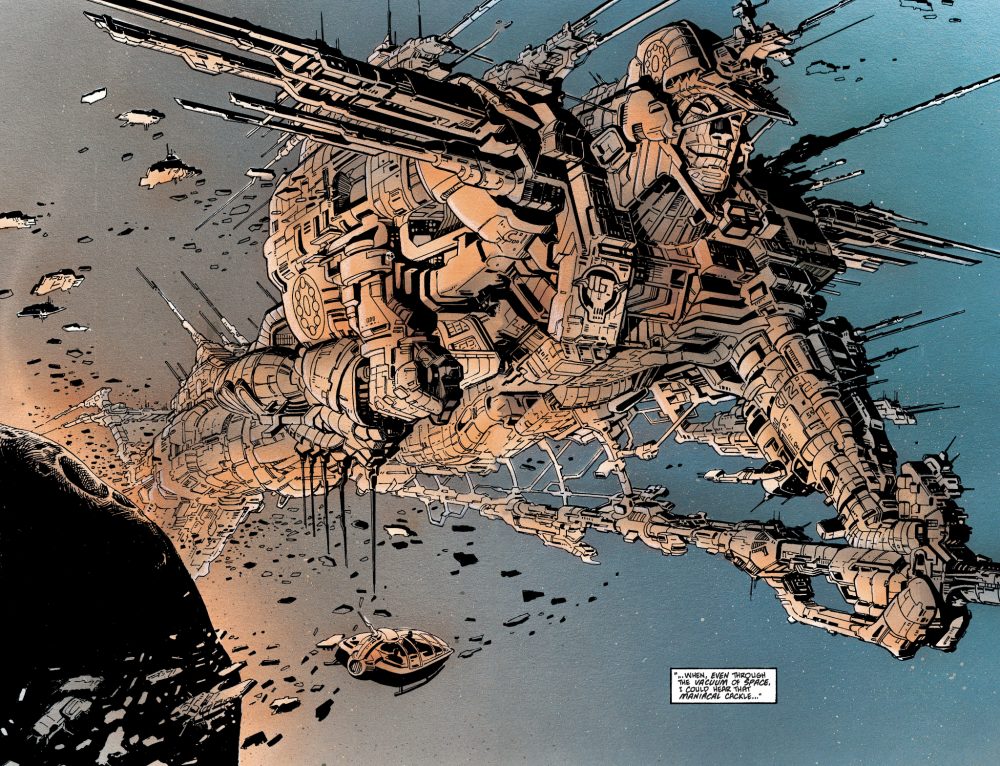
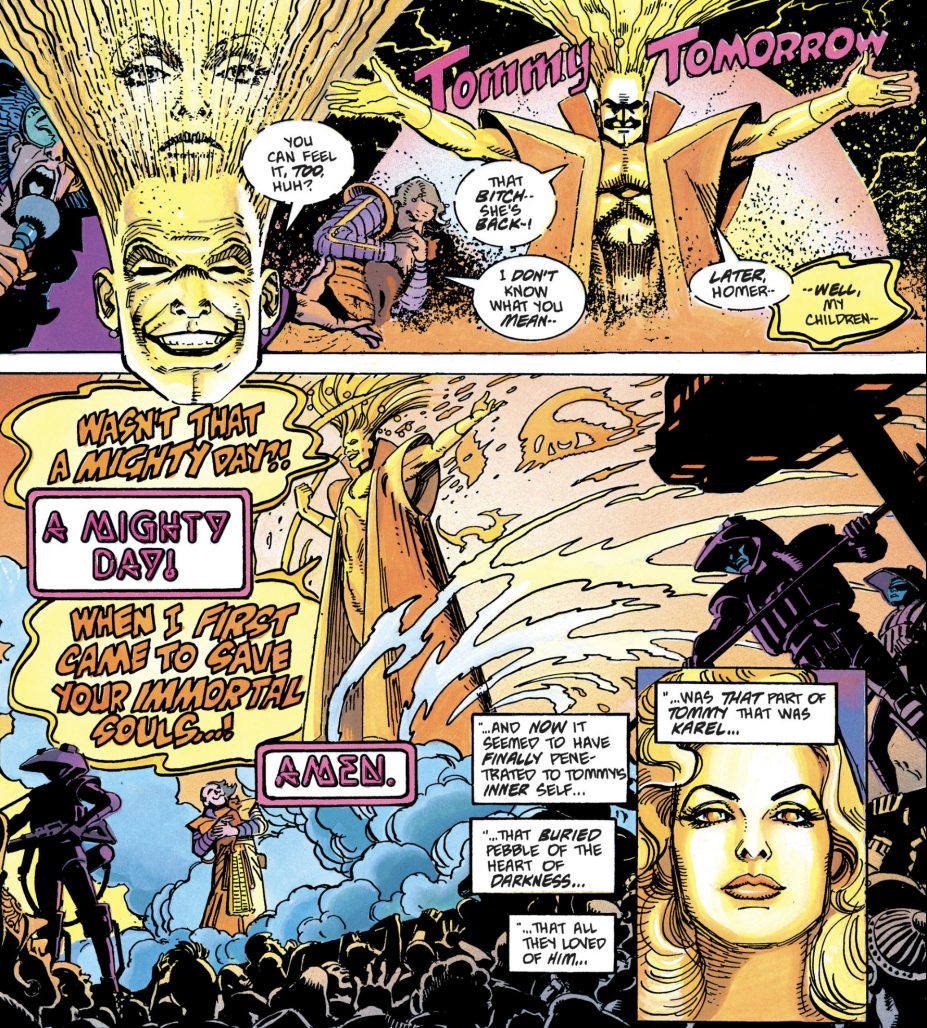
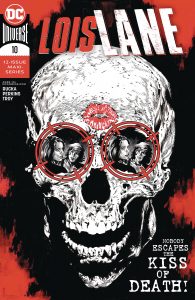





I wouldn’t mind an article on the 1977 series ‘Star Hunters’, though it was cancelled too soon and (if I remember correctly) on a cliffhanger.
Yes Twilight is indeed remarkable, from the era when everyone thought they could be Frank Miller or Alan Moore. Curiously Chaykin was always pretty good at subversive material all by himself, The Shadow, Blackhawk, American Flagg, Black Kiss,… so his own flavour of deconstruction sublimed by JLGL is definitely worth multiple readings and it’s a shame it didn’t get more buzz when it was first published, probably reserved to Silver Age nerds like me who had a fondness for those back-catalog characters. If I ever get rid of my collection, this is definitely one I’ll keep.
I remember really hating this when it came out. But damn, that Garcia-Lopez art is great. And I’m sure people at DC have done worse things to fondly remembered Silver Age characters since then.
Comments are closed.